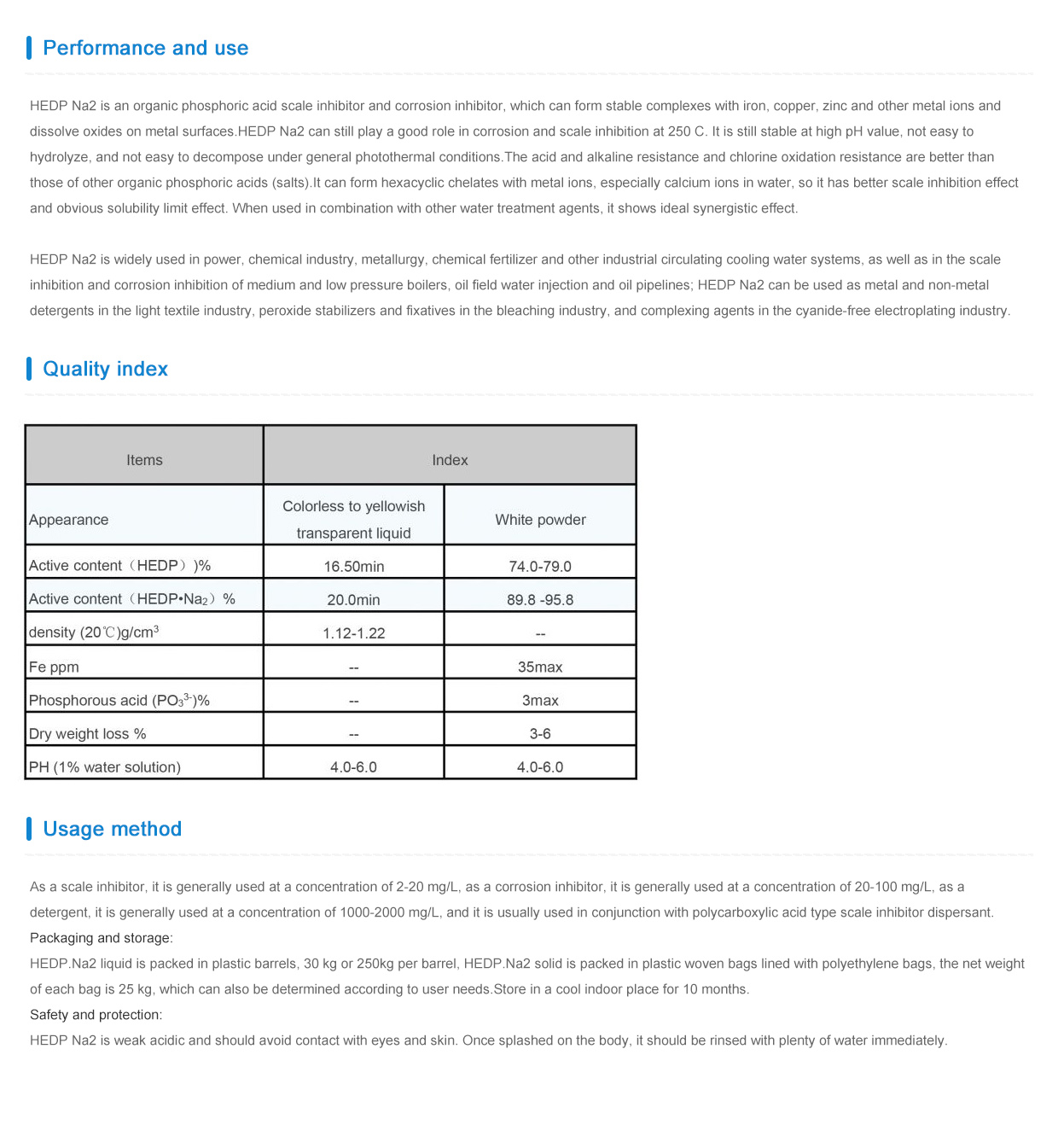Exploring the Applications and Properties of Polycarboxylic Compounds in Modern Chemistry
Polycarboxylic acids are a class of organic compounds characterized by the presence of multiple carboxyl (-COOH) functional groups. These versatile molecules play a pivotal role in various chemical processes and industries, ranging from pharmaceuticals to materials science. Understanding the properties and applications of polycarboxylic acids can provide insights into their significance in both academic and industrial settings.
The structure of polycarboxylic acids allows for a diverse range of chemical behaviors. The presence of multiple carboxyl groups enables these compounds to form strong hydrogen bonds, which contribute to their solubility in water and their ability to form complexes with metal ions. This characteristic makes polycarboxylic acids excellent candidates for various applications, including chelating agents in metal ion extraction and stabilization of colloidal systems.
One of the most well-known polycarboxylic acids is citric acid, which is found naturally in citrus fruits. Citric acid is a key ingredient in many food and beverage products due to its sour flavor and preservative properties. Beyond the culinary world, citric acid is widely used in pharmaceuticals and cosmetics as an acidulant and pH stabilizer. Its ability to chelate metals also finds applications in cleaning agents and industrial processes.
Another noteworthy polycarboxylic acid is oxalic acid, which occurs in various plants and is often associated with the formation of calcium oxalate crystals, a concern in human health due to its role in kidney stone formation
. However, oxalic acid also has industrial applications, serving as a reducing agent in dye manufacturing and as a cleaning agent for metal surfaces.polycarboxylic

Polycarboxylic acids also play a crucial role in the synthesis of polymers. For example, polyacrylic acid is a synthetic polymer derived from acrylate monomers that contains multiple carboxyl groups. This polymer exhibits unique properties, such as high water absorption and gel-forming abilities, making it valuable in the production of superabsorbent materials used in diapers and feminine hygiene products.
In addition to these applications, polycarboxylic acids are instrumental in the development of green chemistry. Their ability to facilitate chemical reactions through the formation of stable intermediates reduces the need for harsh reagents, aligning with sustainability goals. Researchers are continually exploring the potential of polycarboxylic acids in catalyst design, emphasizing their importance in maintaining environmentally friendly practices in the chemical industry.
The importance of polycarboxylic acids extends beyond their biochemical interactions and industrial applications. Their unique chemical properties make them pivotal in the development of biodegradable materials. As the world grapples with the challenges of plastic pollution, polycarboxylic acids offer promising pathways for creating sustainable alternatives.
In summary, polycarboxylic acids are an essential class of compounds that have far-reaching implications in various fields. From their natural occurrence in fruits to their synthetic applications in industrial processes, these acids exemplify the intersection of chemistry and usability. As research continues to unveil new properties and applications, polycarboxylic acids will undoubtedly remain at the forefront of scientific inquiry and innovation, underscoring their fundamental role in both nature and technology.
-
2 Phosphonobutane 1 2 4 Tricarboxylic Acid (PBTCA) – Superior Scale InhibitorNewsSep.01,2025
-
2 Phosphonobutane 1,2,4 Tricarboxylic Acid (PBTCA): Superior Scale & Corrosion InhibitorNewsAug.31,2025
-
Dodecyldimethylbenzylammonium Chloride: High-Purity DisinfectantNewsAug.30,2025
-
2-Phosphonobutane-1,2,4-Tricarboxylic Acid: Scale & CorrosionNewsAug.29,2025
-
Premium Isothiazolinones | Broad-Spectrum Biocidal SolutionsNewsAug.28,2025
-
LK-319 Special Scale And Corrosion Inhibitor For Steel Plants: Advanced Solutions for Industrial Water SystemsNewsAug.22,2025





